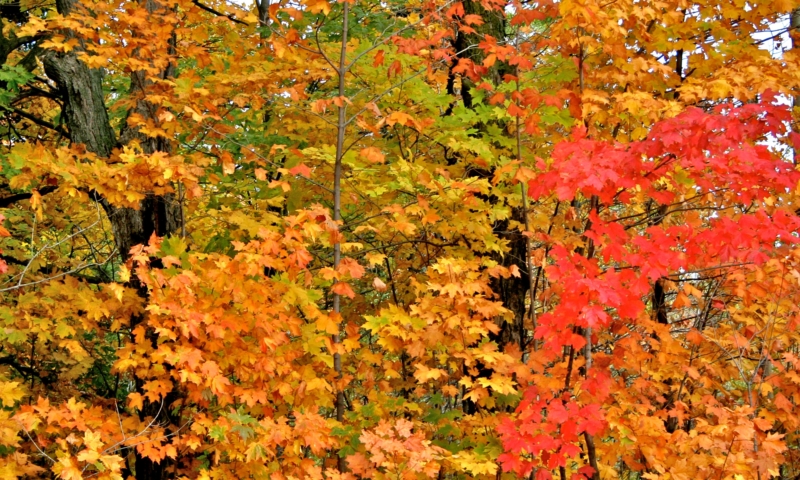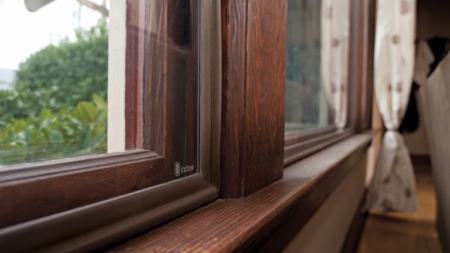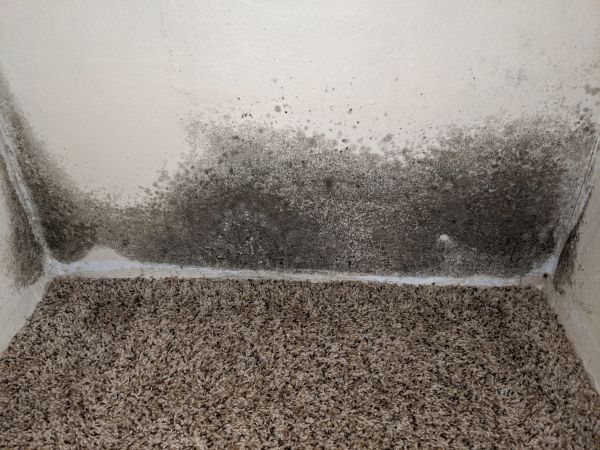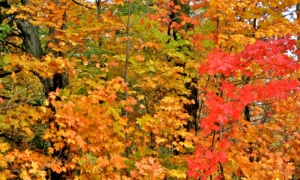 The cool and crisp fall days can feel refreshing and invigorating. This is the time of year to sip warm spiced apple cider, hot cocoa, or eggnog, whether it be outside in a covered porch swing or sitting by the fireplace. It is also when leaves gently fall from tree branches and create an outdoor carpet of vibrant reds, oranges, and yellows. This leafy brilliant blaze of color is pleasant to look at, but too many leaves can cause hazards to your home and surrounding streets and sidewalks.
The cool and crisp fall days can feel refreshing and invigorating. This is the time of year to sip warm spiced apple cider, hot cocoa, or eggnog, whether it be outside in a covered porch swing or sitting by the fireplace. It is also when leaves gently fall from tree branches and create an outdoor carpet of vibrant reds, oranges, and yellows. This leafy brilliant blaze of color is pleasant to look at, but too many leaves can cause hazards to your home and surrounding streets and sidewalks.
One of those hazards is clogged gutters. Gutters are the drainage system that diverts approximately thousands of gallons of water per year from a home’s exterior and foundation walls. Clogged gutters are more likely to become rusted and corroded. Clogs in the gutter will channel water down the side of a home and that can lead to water in the basement as well as damage to the foundation and exterior surfaces.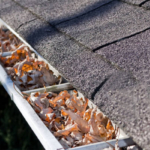
There are gutter cleaning companies that can take care of this. If you want to do it yourself, use a sturdy ladder and get yourself up there to pull debris out of the gutters by hand. Use a wire brush to dislodge stubborn accumulations and rinse the gutters with a hose to remove remaining bits. If you have a one-story home, a leaf blower attachment can help blast the debris out of the gutter. If you don’t already have mesh guards on your gutters, consider purchasing mesh guards to keep debris from returning.
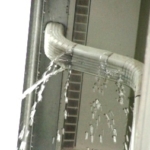
Leaky, leaky!
With increased rainy weather, check water drainage. Rainwater downspouts should not only be free of obstructions and leaks, but should direct water away from foundations and walkways. Add extensions to downspouts if needed. Gutter caulk can be used to fix a downspout gap. If you want to fix a hole yourself, you’ll need sheet metal, metal snips, roofing cement, and a large putty knife. Size and snip a piece of sheet metal to fit over the hole. On the inside of the gutter, spread roofing cement around the edges of the hole. Gently bend the sheet metal and press into the roofing cement. Use additional cement to coat the patch with and let it dry. To help rusty areas, use a wire brush to thoroughly scrape away the rust, then use a putty knife to apply a thin layer of roofing cement.
Leaf debris from the gutters can be composted. Too many extra leaves on a porch, walkway, and driveway can cause another safety hazard, especially while damp, so another fall task is to rake and remove leaves. Other than depositing the leaves into a compost pile for garden use or for pickup, some areas with a lot of trees have a specific “leaf day” each fall where residents can rake leaves into the street and they will be picked up by leaf day crew members. In Portland, leaf day takes place in November through December and is free of charge. In some areas, such as Beaverton, you can drop off your leaves at various locations).
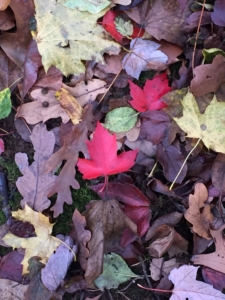 When fall maintenance and any needed repairs are done and kept up, it makes for a safer home and happier residents. It is pleasant to sit on a covered porch or near a window while listening to rainfall or watching the trees gently releasing their colorful leaves. It is even more pleasant to do this without being leaked on by poorly cared for gutters or slipping on an array of damp leaves in the walkway area.
When fall maintenance and any needed repairs are done and kept up, it makes for a safer home and happier residents. It is pleasant to sit on a covered porch or near a window while listening to rainfall or watching the trees gently releasing their colorful leaves. It is even more pleasant to do this without being leaked on by poorly cared for gutters or slipping on an array of damp leaves in the walkway area.
Resources:
To verify if you are in one of the 2 service districts and when pick up day is in Portland – https://www.portlandoregon.gov/transportation/7790
Beaverton leaf disposal – https://www.beavertonoregon.gov/446/Leaf-Disposal
or Washington County leaf removal – https://www.cleanwaterservices.org/for-residents/how-to-dispose/leaf-disposal/
What to do with leaves in Clackamas County – https://www.clackamas.us/recycling/yarddebris.html

